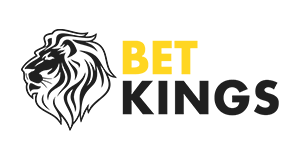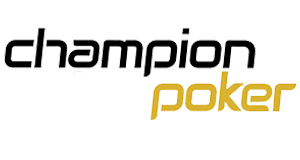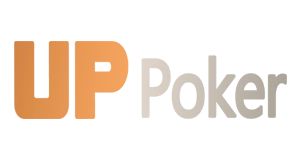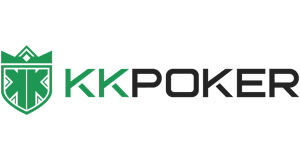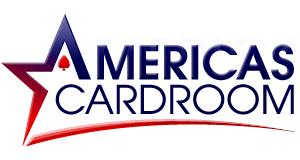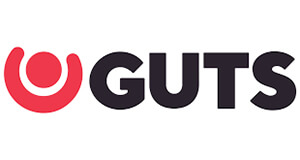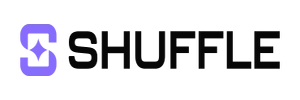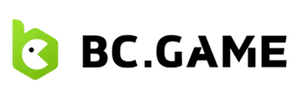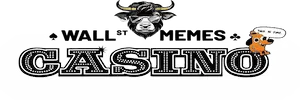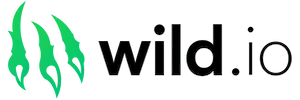Reading Board Textures in No Limit Hold’em
Reading board textures is one of the most crucial skill in no-limit hold’em. In essence, a board texture reflects the type of hands that the flop, turn and river make possible.
Board textures are incredibly complicated, and become even more complicated when considering how turn and river runouts interact with your opponents’ ranges on the flop.
This week, we’ll keep it simple and explain wet versus dry boards.
Dry Boards
A dry flop is one on which there are not a lot of possible strong made hands. The classic example is
Rainbow boards with a single high card and no obvious straight boards are called dry because there just aren’t many strong hands.
Depending on the preflop action, there may be a few A8, A3 combinations for two pair, top pair combinations, and a few combos of sets, but that’s really it. A middle pair hand like 87 is relatively strong on the flop.
Similarly, paired boards are considered dry as well. A board of:
Has some overpairs, a few trip combos, and 3 combos of 22 for the fullhouse.
Otherwise, there really aren’t a lot of hands people can hold that will want to continue this flop. A weak-ish hand like AJ for high-card with two overcards is relatively strong on this flop.
Playing dry boards requires an understanding of the fact that opponents are likely to not hold much. These are good boards to continuation bet as a bluff, or barrel two or three times with backdoor equity.
However, you will need to be careful against very good opponents. Good players know this board is dry, and you will often get peeled with high cards, pocket pairs and backdoor equity.
If you are cbetting 100% on these boards, you are likely to face floats and check-raises from a player who knows your cbetting range is full of bluffs.
Similarly, you should look for opportunities to exploit opponents who are cbetting these boards 100%
Wet Boards
In contrast to dry boards, wet boards are full of strong hands and strong draws that people could have. The following is a good example:
Lets break this flop down:
| Hand Type | Example Combinations |
| Straight | QJ, J7, 67 |
| Straight Draw | Any Jx, Any 7x (open ended) Any Qx, any 6x (gutshot) |
| Flush Draw | Any two hearts (9 outs) Any two clubs (backdoor, 2 “effective outs”) |
| Two Pairs | T9, T8, 98 |
| Sets | TT,99,88 |
| Overpair | JJ-AA |
| Top Pair | Any Tx |
As you can see, there are a ton of combinations of strong hands and draw. Suddenly, middle pairs, and high cards don’t look strong anymore. Even top pairs aren’t anything to fist pump about.
On these boards, you want to play your showdown hands (top pairs, other decent pairs) conservatively. Even if you have the best hand now, you can be bluffed off your hand or outdrawn.
With hands like two pairs and overpairs, you’ll want to get value from weaker hands and draws but be careful of raises. Your opponent can easily have sets, stronger two pairs, made straights or monster draws.
Similarly, you want to play your draws aggressively and get the money in with your nut hands like straights and sets.
Conclusion
Always consider how board texture affects the type of hands your opponents (and yourself) can hold in any given spot. Reading board textures well will make your decisions much simpler.








